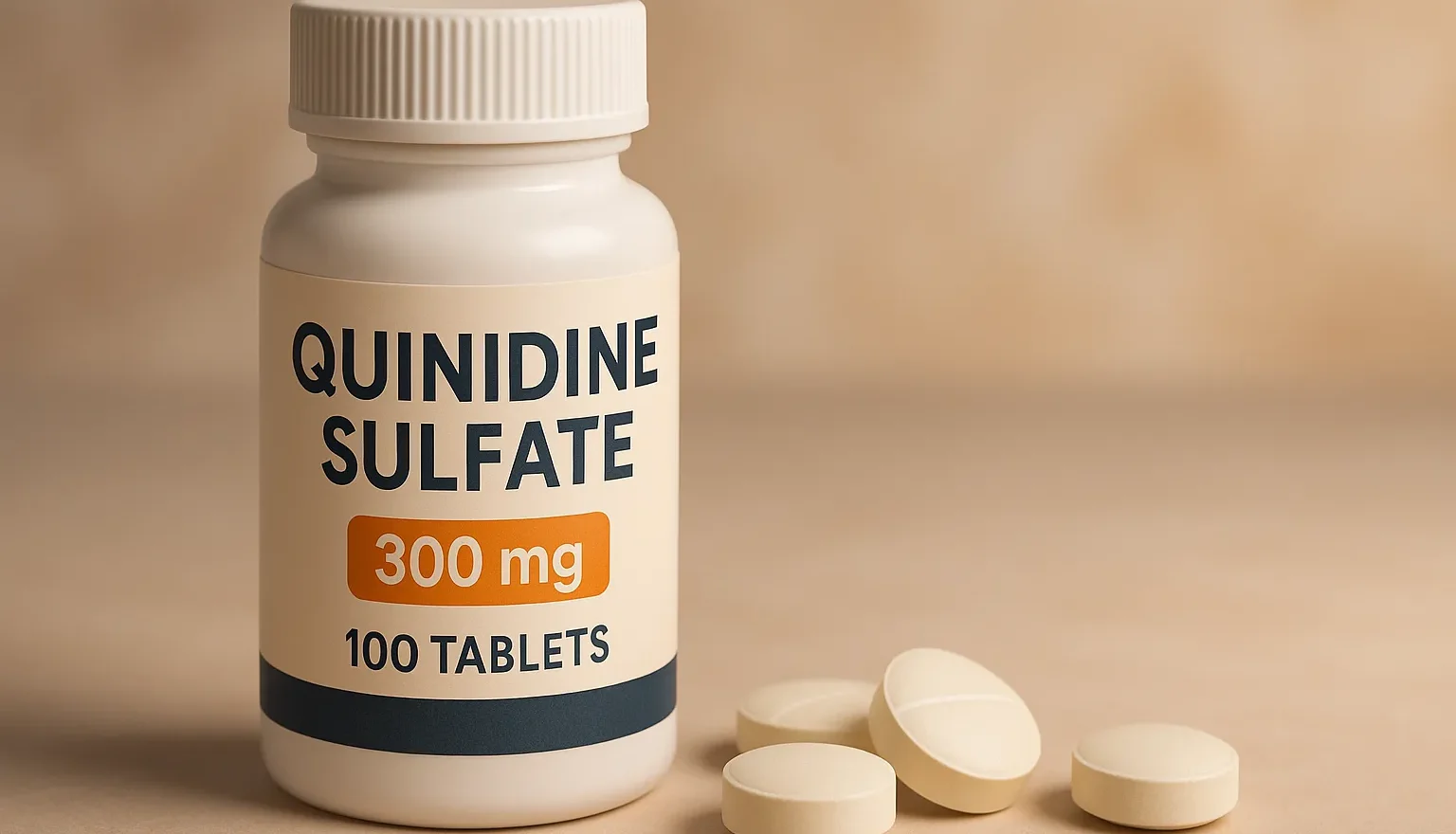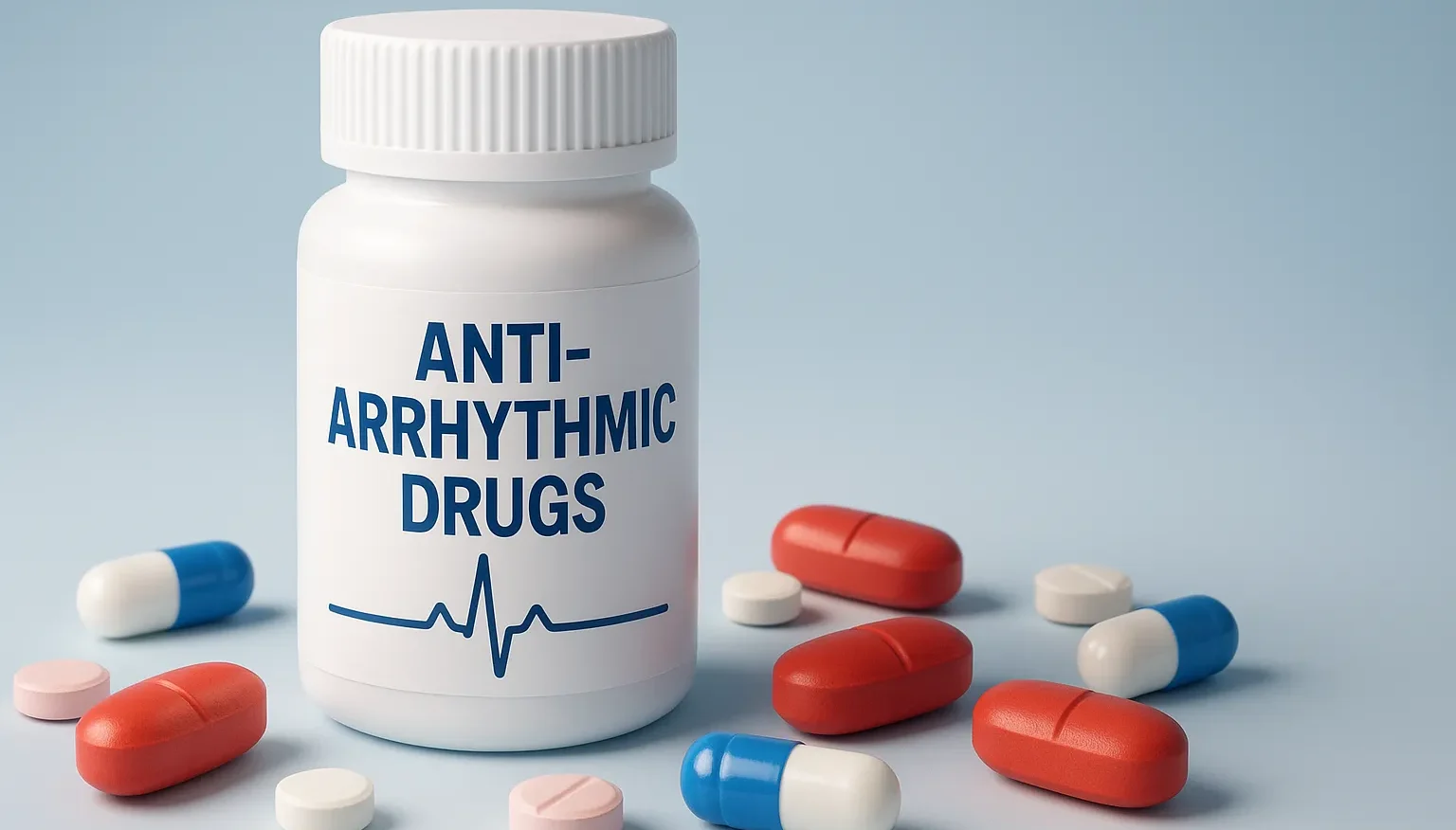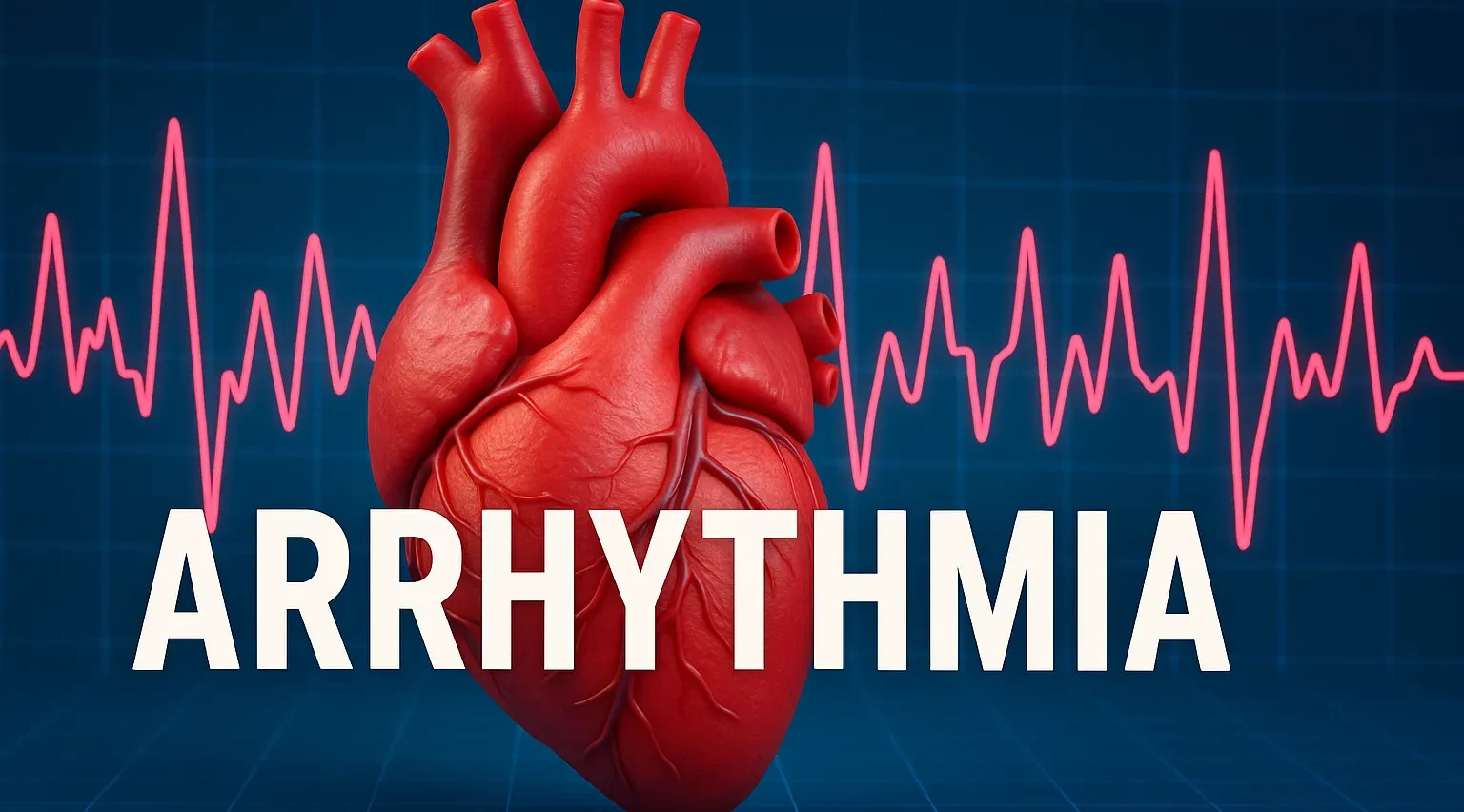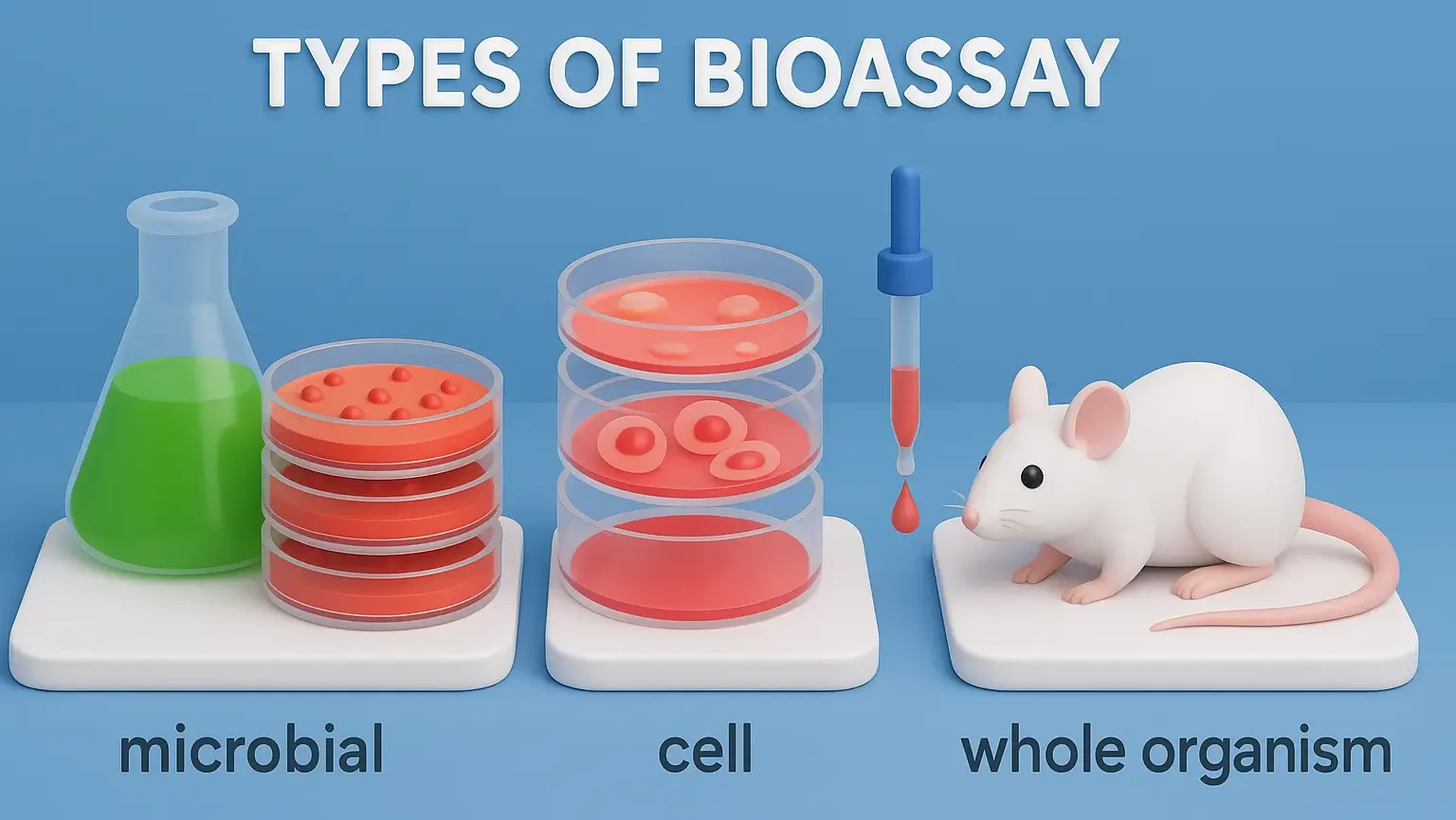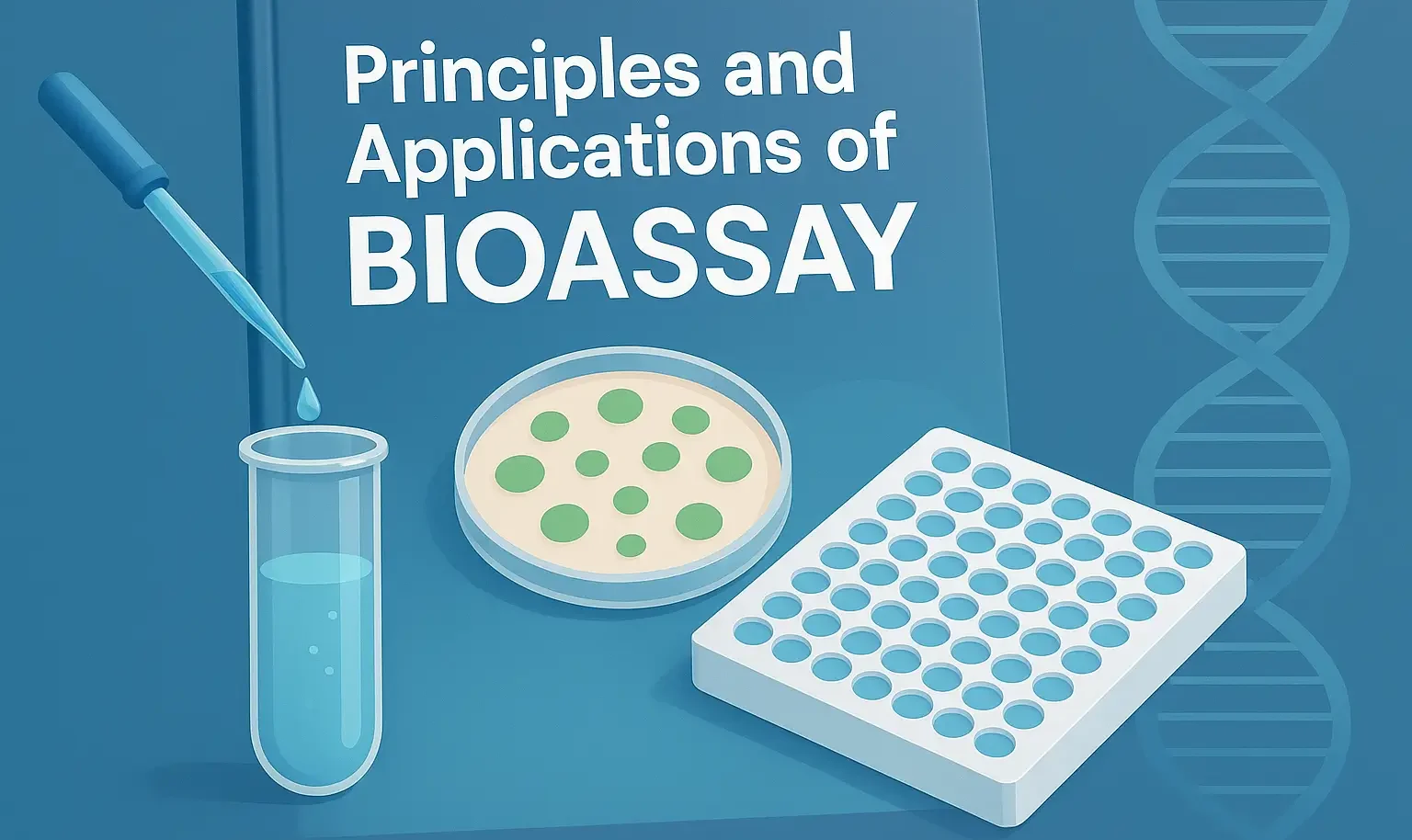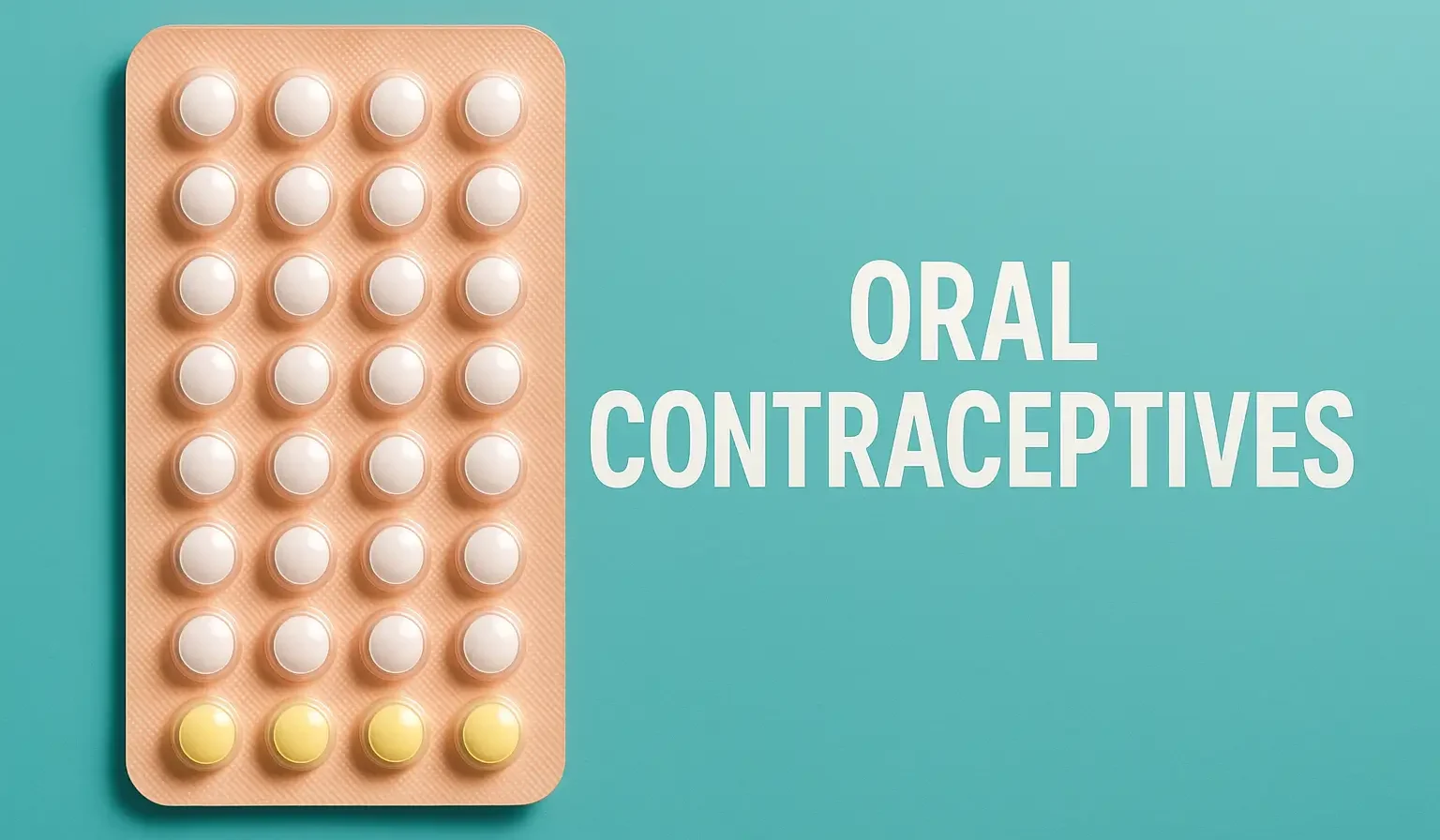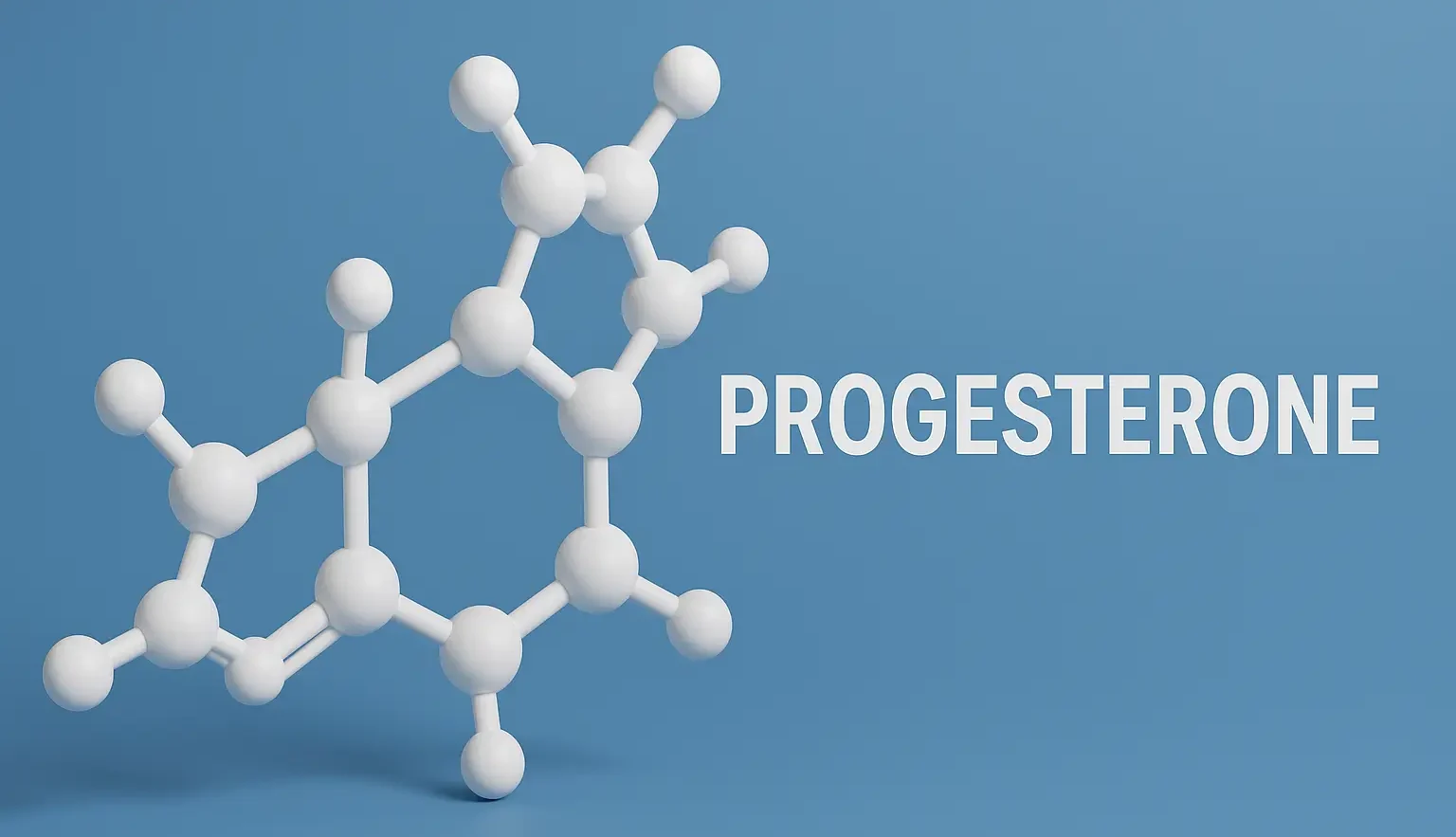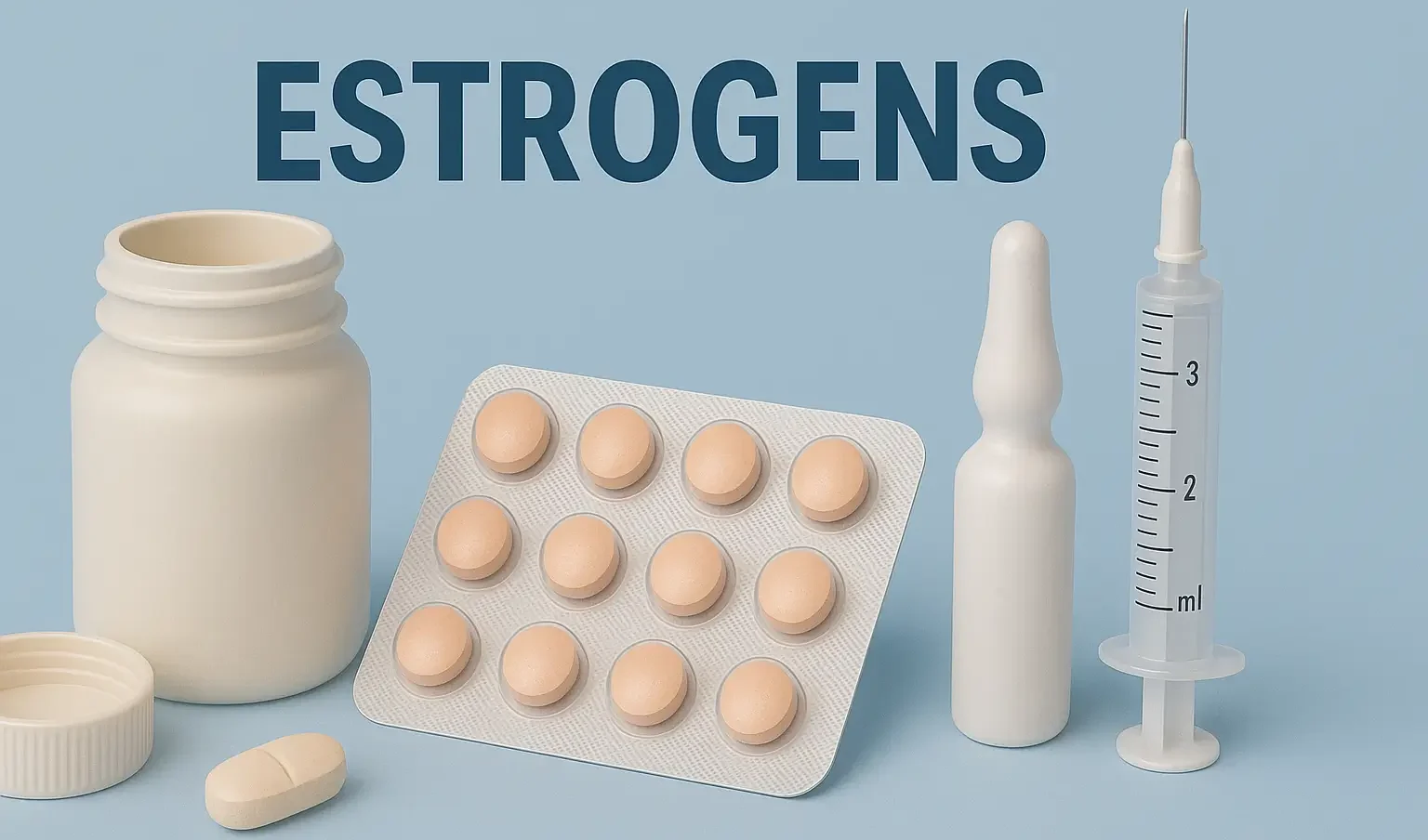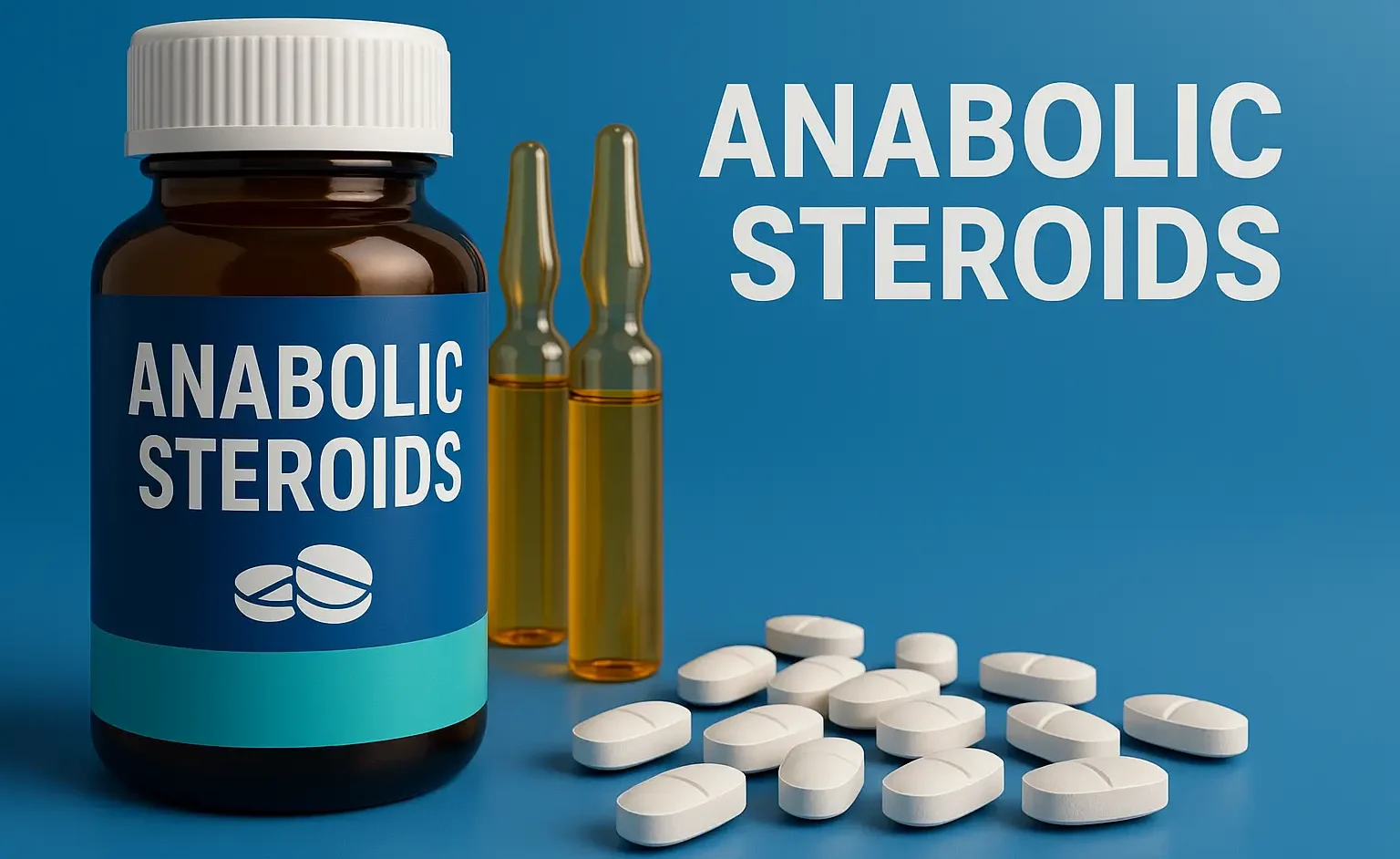Quinidine Sulphate
Quinidine Sulphate is a class Ia anti-arrhythmic used to treat atrial and ventricular arrhythmias by slowing heart conduction. Structure of Quinidine Sulphate Quinidine sulphate is a stereoisomer of quinine, belonging to the class IA antiarrhythmic agents. It features a quinoline structure with a stereocenter that distinguishes it from quinine. Chemical Formula: C₂₄H₂₉NO₄S Mode of Action … Read more

